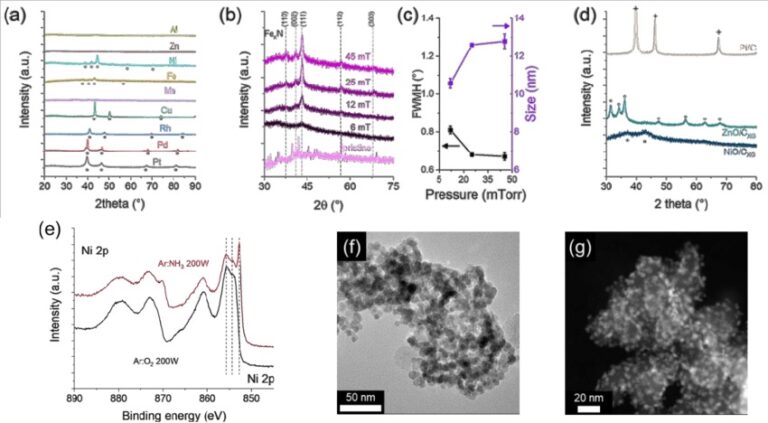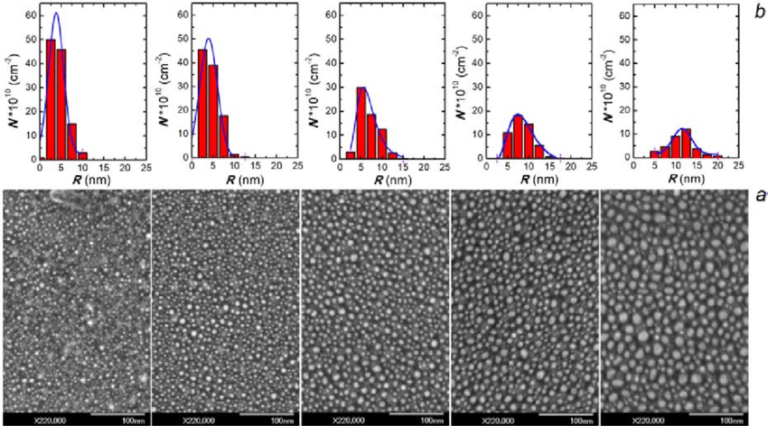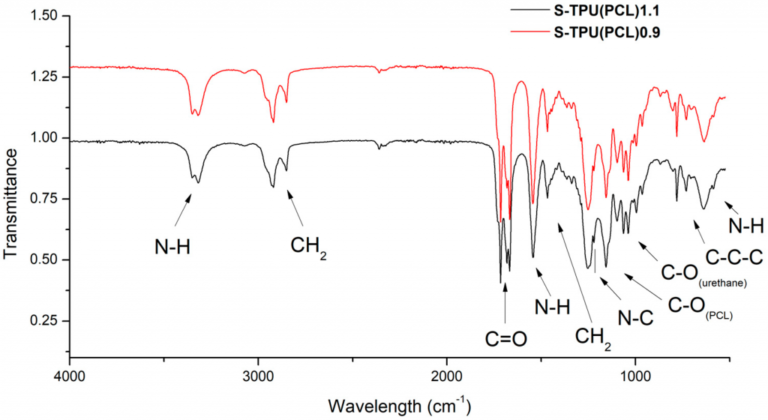
Quiz - Scanning Electron Microscopy (SEM)
What does SEM stand for?
a) Scanning Electron Microscopy
b) Super Electron Microscopy
c) Solid-state Electron Microscopy
d) Sensitive Electron Microscopy
What is the primary function of SEM microscopy?
a) To visualize the internal structure of cells
b) To visualize the surface morphology of samples
c) To analyze the chemical composition of samples
d) To visualize the internal structure of crystals
What is the maximum resolution that SEM microscopy can achieve?
a) 1 angstrom
b) 10 nanometers
c) 100 picometers
d) 1 nanometer
What is the difference between SEM and TEM microscopy?
a) SEM uses a focused beam of electrons to produce an image while TEM uses a focused beam of light
b) SEM provides 2D images while TEM provides 3D images
c) SEM visualizes the surface of a sample while TEM visualizes the internal structure of a sample
d) SEM can only be used on biological samples while TEM can be used on any sample type
What type of samples are best suited for SEM microscopy?
a) Biological samples
b) Thin films
c) Crystals
d) All of the above
What is the advantage of using a field emission SEM over a traditional SEM?
a) Higher resolution
b) Faster imaging speed
c) Better depth of field
d) Lower cost
How does SEM microscopy differ from optical microscopy?
a) SEM uses electrons instead of light to produce an image
b) SEM can visualize smaller structures than optical microscopy
c) SEM has a higher resolution than optical microscopy
d) All of the above
What is the role of the electron gun in SEM microscopy?
a) To produce a beam of electrons
b) To focus the beam of electrons
c) To scan the sample with the beam of electrons
d) To detect the electrons emitted from the sample
What is the significance of detecting secondary electrons in SEM microscopy?
a) They provide information about the chemical composition of the sample
b) They are used to produce the final image of the sample
c) They are created by the interaction between the electron beam and the sample
d) They are only detected in field emission SEMs
Which of the following is not a common use of SEM microscopy?
a) Imaging biological samples
b) Analyzing the composition of minerals
c) Visualizing the surface morphology of materials
d) Measuring the refractive index of liquids.




Why Choose Us?
- 24/7 Service
- Accurate Analysis by Expert Scientists
- Free revisions After Completion of Orders
- Guaranteed Satisfaction
- Affordable Price
Answer
What does SEM stand for? Answer: a) Scanning Electron Microscopy Reference: “Scanning Electron Microscopy.” Arizona State University. https://serc.carleton.edu/research_education/geochemsheets/techniques/SEM.html
What is the primary function of SEM microscopy? Answer: b) To visualize the surface morphology of samples Reference: “Scanning Electron Microscopy.” Arizona State University. https://serc.carleton.edu/research_education/geochemsheets/techniques/SEM.html
What is the maximum resolution that SEM microscopy can achieve? Answer: d) 1 nanometer Reference: “Scanning Electron Microscopy.” Arizona State University. https://serc.carleton.edu/research_education/geochemsheets/techniques/SEM.html
What is the difference between SEM and TEM microscopy? Answer: c) SEM visualizes the surface of a sample while TEM visualizes the internal structure of a sample Reference: “Scanning Electron Microscopy.” Arizona State University. https://serc.carleton.edu/research_education/geochemsheets/techniques/SEM.html
What type of samples are best suited for SEM microscopy? Answer: d) All of the above Reference: “Scanning Electron Microscopy.” Arizona State University. https://serc.carleton.edu/research_education/geochemsheets/techniques/SEM.html
What is the advantage of using a field emission SEM over a traditional SEM? Answer: a) Higher resolution Reference: “Field Emission Scanning Electron Microscopy (FESEM).” Thermo Fisher Scientific. https://www.thermofisher.com/us/en/home/industrial/electron-microscopy/electron-microscopy-instruments-workflow/scanning-electron-microscopes-fe-sem.html
How does SEM microscopy differ from optical microscopy? Answer: d) All of the above Reference: “Scanning Electron Microscopy.” Arizona State University. https://serc.carleton.edu/research_education/geochemsheets/techniques/SEM.html
What is the role of the electron gun in SEM microscopy? Answer: a) To produce a beam of electrons Reference: “Scanning Electron Microscopy.” Arizona State University. https://serc.carleton.edu/research_education/geochemsheets/techniques/SEM.html
What is the significance of detecting secondary electrons in SEM microscopy? Answer: c) They are created by the interaction between the electron beam and the sample Reference: “Secondary Electron Imaging (SEI) in Scanning Electron Microscopy (SEM).” AZoM. https://www.azom.com/article.aspx?ArticleID=13396
Which of the following is not a common use of SEM microscopy? Answer: d) Measuring the refractive index of liquids. Reference: “Scanning Electron Microscopy.” Arizona State University. https://serc.carleton.edu/research_education/geochemsheets/techniques/SEM.html







